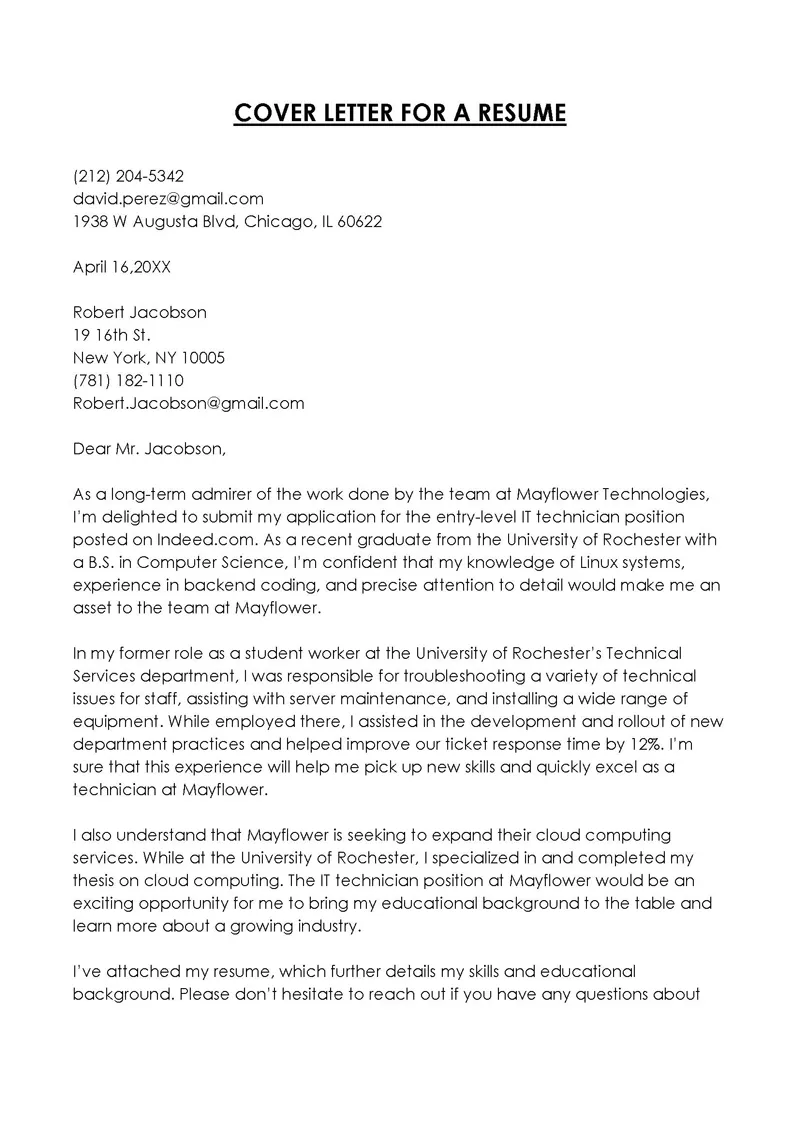Cover Letter Secrets Top 5 Tips
In the competitive world of job applications, a well-crafted cover letter can be your secret weapon. It’s your chance to make a strong first impression, showcase your personality, and persuade the hiring manager to read your resume. But writing a compelling cover letter isn’t just about rehashing your resume; it’s about telling a story, demonstrating your fit for the role, and expressing your genuine interest. Mastering the art of the cover letter can significantly increase your chances of landing an interview. This guide dives into the top 5 secrets to writing cover letters that get results, transforming your job application from a formality to a strategic advantage. By focusing on these key areas, you’ll not only improve the quality of your applications but also boost your confidence in the job search process.
Cover Letter: What It Is and Why It Matters
A cover letter is a concise document accompanying your resume, serving as an introduction to your qualifications and aspirations. It offers a personal touch, allowing you to elaborate on experiences and skills that align with the job requirements. Unlike your resume, which lists facts, a cover letter provides context, showing how your background makes you an ideal candidate. The importance of a cover letter lies in its ability to capture the reader’s attention, highlighting what makes you unique and why the company should consider you. It’s your chance to showcase your personality, enthusiasm, and communication skills, setting you apart from other applicants. While a resume summarizes your experience, a cover letter tells a story – your story – connecting your skills and experience to the specific needs of the employer and role.
Tip 1 Tailor Your Cover Letter
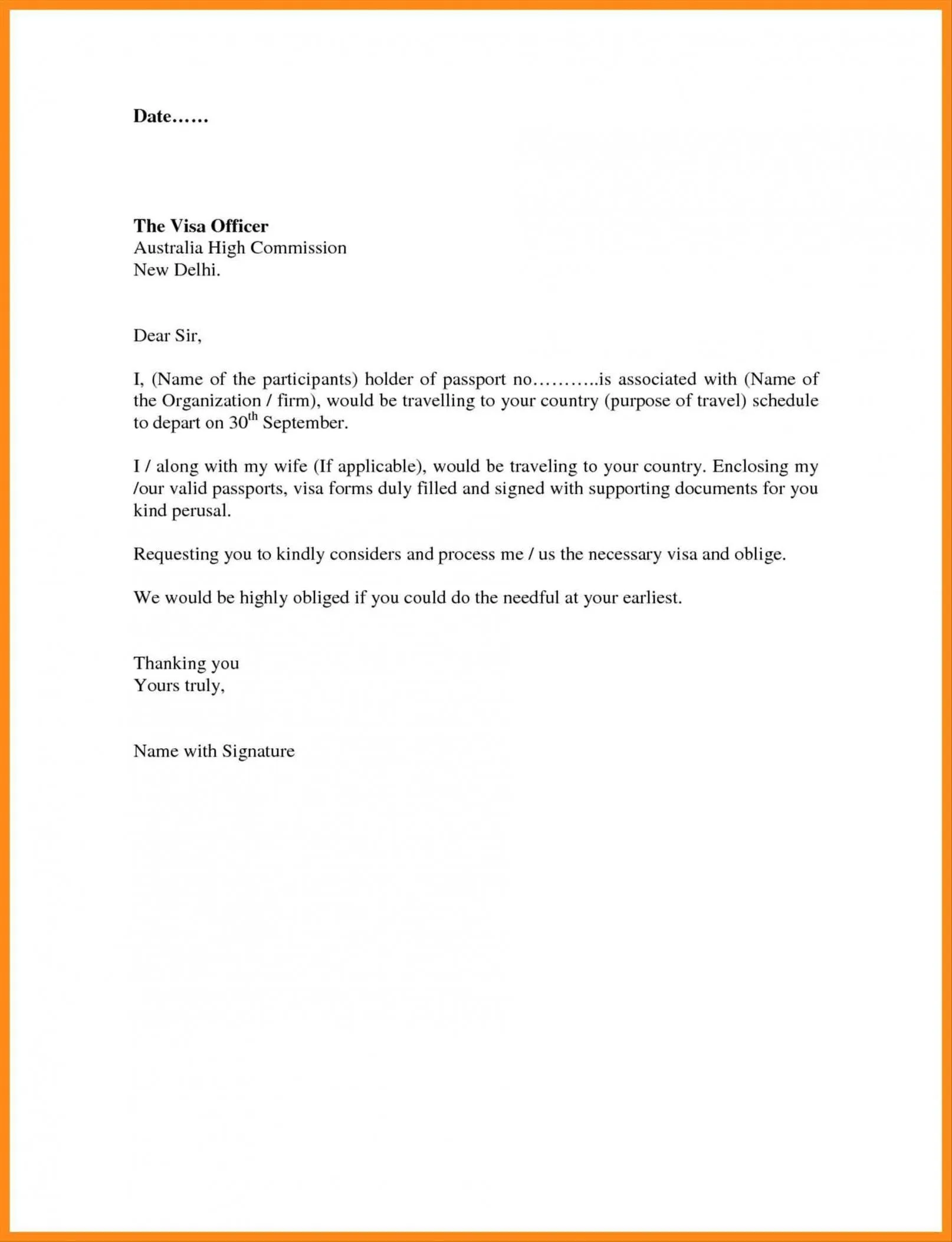
One of the most crucial secrets to writing a successful cover letter is tailoring it to each specific job application. Avoid using a generic template; instead, personalize your letter by highlighting skills and experiences relevant to the position. Research the company and the role thoroughly. Identify the key requirements and responsibilities listed in the job description. Then, use your cover letter to explain how your qualifications and experiences directly address those requirements. Tailoring shows employers that you’ve taken the time to understand their needs and that you’re genuinely interested in the specific opportunity. By customizing your letter, you demonstrate attention to detail and a proactive approach, making you a more attractive candidate.
Why Tailoring Is Crucial
Tailoring your cover letter is crucial because it shows employers you’re not just sending out a mass application; you’re expressing a sincere interest in their company and the specific role. Generic cover letters often get overlooked, as they fail to connect with the employer’s needs. Tailoring allows you to directly address the company’s pain points and demonstrate how your skills can provide solutions. It also shows that you have the ability to understand and adapt to different situations. The more specific your letter, the more likely it is to resonate with the hiring manager. By highlighting relevant skills and experiences, you increase your chances of getting noticed and moving forward in the application process.
How to Tailor Your Letter Effectively
Effectively tailoring your cover letter involves several steps. Start by carefully reading the job description and identifying the key skills and qualifications the employer is seeking. Research the company’s values, mission, and recent projects to understand their culture and goals. Use the job description as a guide to highlight your relevant experiences, providing specific examples of how you’ve successfully utilized those skills in the past. Quantify your achievements whenever possible. Instead of simply stating that you managed projects, mention the size and scope of those projects and the results you achieved. Customize your letter to address the employer’s needs, using their language to demonstrate that you understand their requirements. Always proofread your letter carefully to ensure it’s free of errors and reflects your professionalism.
Tip 2 Highlight Relevant Skills
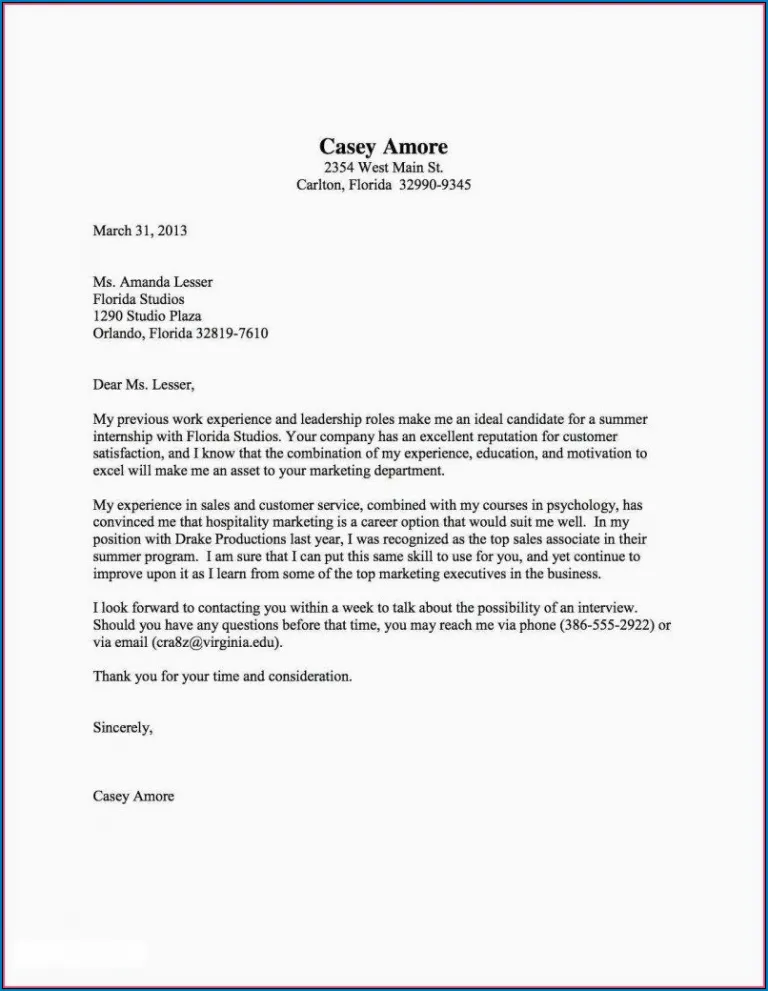
Your cover letter should serve as a showcase of your most relevant skills and how they align with the requirements of the job. Go beyond simply listing your skills; demonstrate how you’ve applied them in previous roles. Focus on the skills that are most important to the employer. Use the job description as your guide, identifying the key skills and keywords the company is looking for. Then, provide specific examples of how you’ve used those skills to achieve positive results. By highlighting your skills and providing concrete examples, you’ll show employers that you possess the necessary qualifications to succeed in the role.
Identifying Key Skills Employers Seek
Identifying the key skills employers seek begins with a thorough review of the job description. Look for keywords and phrases that describe the required skills and qualifications. These might include technical skills, such as proficiency in specific software or technologies, as well as soft skills, such as communication, teamwork, and problem-solving abilities. Research the company and industry to understand the skills that are valued most. Consider the company’s mission, values, and goals to identify the skills that are most relevant to their needs. By pinpointing these key skills, you can tailor your cover letter to highlight your most relevant qualifications, increasing your chances of getting noticed by the hiring manager.
Showcasing Your Skills with Examples
To effectively showcase your skills, go beyond simply listing them; provide concrete examples of how you’ve used those skills in previous roles or projects. Use the STAR method (Situation, Task, Action, Result) to structure your examples. Briefly describe the situation you were in, the task you were assigned, the actions you took, and the results you achieved. Quantify your achievements whenever possible. Instead of saying you improved customer satisfaction, state the percentage increase you achieved. Provide specific details to demonstrate how you applied your skills to solve problems, achieve goals, and contribute to your previous company’s success. This will provide potential employers with a clear picture of your abilities and how you can contribute to their team.
Tip 3 Showcase Your Enthusiasm
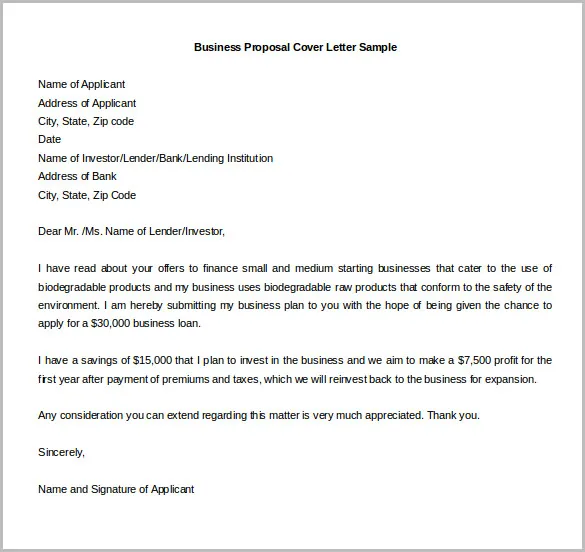
Demonstrating genuine enthusiasm is critical in a cover letter. Employers want to hire individuals who are genuinely interested in the role and the company. Your cover letter is the perfect place to express your passion for the job, company, and industry. Show your enthusiasm by explaining why you’re interested in the specific opportunity and what excites you about the company’s work. Research the company’s mission, values, and recent projects to show your interest and demonstrate that you understand their goals. Your enthusiasm should shine through in your writing style. Use positive and energetic language, and avoid sounding generic or indifferent. By expressing your genuine interest, you can make a strong impression and increase your chances of getting noticed.
Demonstrating Genuine Interest
Demonstrating genuine interest in your cover letter involves more than simply stating that you’re interested in the job. It requires you to show the employer that you’ve done your research and understand their company. Refer to specific projects, initiatives, or values that resonate with you. Explain what excites you about the role and the opportunity to contribute to the company’s success. Connect your skills and experiences to the company’s needs and explain how you see yourself fitting into their culture. Tailor your letter to address the specific requirements of the job. This shows the hiring manager that you are genuinely interested in the opportunity. Remember to use a positive and enthusiastic tone throughout your letter to demonstrate your genuine excitement for the role.
How to Express Enthusiasm
Expressing enthusiasm in your cover letter can significantly improve your chances of making a strong first impression. Use vivid and engaging language that conveys your passion for the opportunity. Avoid sounding generic or indifferent. Instead, express your excitement about the company’s mission, values, and recent accomplishments. Reference specific aspects of the role that interest you and explain why you’re drawn to them. Show the hiring manager that you understand their needs and are eager to contribute to their success. By using a positive and enthusiastic tone, you can make your cover letter more memorable and demonstrate your genuine interest in the role.
Tip 4 Proofread Meticulously
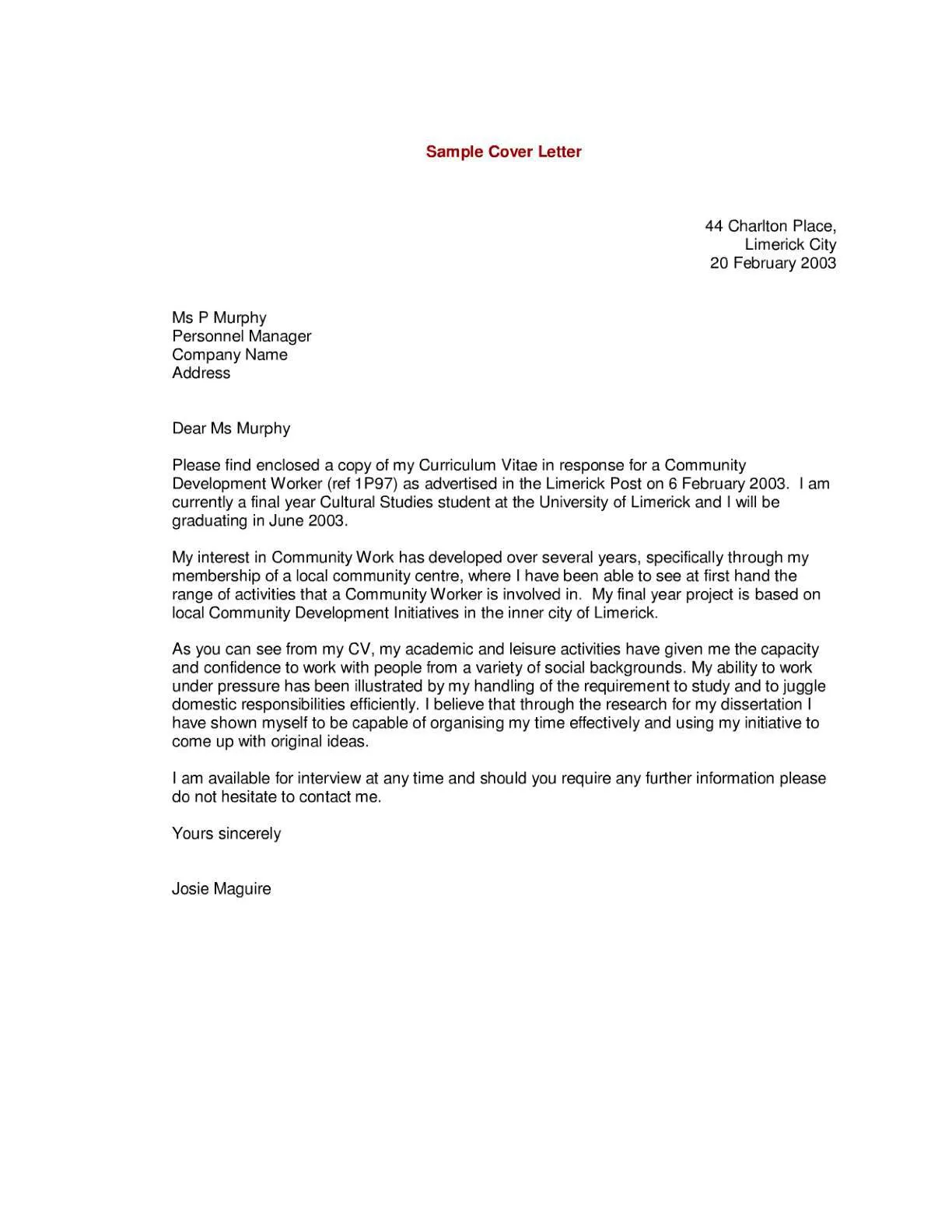
Proofreading is an essential step in writing a successful cover letter. Errors, such as typos, grammatical mistakes, and formatting inconsistencies, can damage your credibility and undermine your chances of getting an interview. Ensure that your cover letter is free of errors by proofreading it carefully. Use spell-check and grammar-check tools, but don’t rely on them entirely. Have a friend or family member review your letter as a second pair of eyes can often catch mistakes you might miss. Take your time, and double-check all details, including the recipient’s name and the company’s name. A polished and error-free cover letter reflects professionalism and attention to detail, making you a more attractive candidate. Proofreading may seem simple, but it’s a critical step for showing professionalism.
Common Errors to Avoid
Several common errors can detract from your cover letter. Avoid typos, spelling mistakes, and grammatical errors, as these can make you appear careless or unprofessional. Ensure that your formatting is consistent and easy to read, and use a clear and professional font. Check the recipient’s name and the company’s name to ensure accuracy, as errors in these details can make you appear uninterested or inattentive. Avoid using jargon or slang. Keep your language clear, concise, and professional. Make sure the tone of your letter is appropriate for the job and the company. Also, ensure that your letter isn’t too long or too short; aim for one page. Avoid these errors to ensure your cover letter leaves a positive impression.
Tools and Strategies for Proofreading
Several tools and strategies can help you proofread your cover letter effectively. Start by using spell-check and grammar-check tools to catch any obvious errors. However, don’t rely solely on these tools. Read your letter aloud to catch any awkward phrasing or grammatical mistakes. Take a break after writing your letter, then review it with fresh eyes. Ask a friend, family member, or career advisor to review your letter. They can often catch errors you might miss. Pay close attention to details like the recipient’s name and the company’s name. Use a checklist to ensure you’ve covered all the bases, including formatting, grammar, and spelling. By using these tools and strategies, you can produce a polished, error-free cover letter that reflects your professionalism and attention to detail.
Tip 5 Call to Action
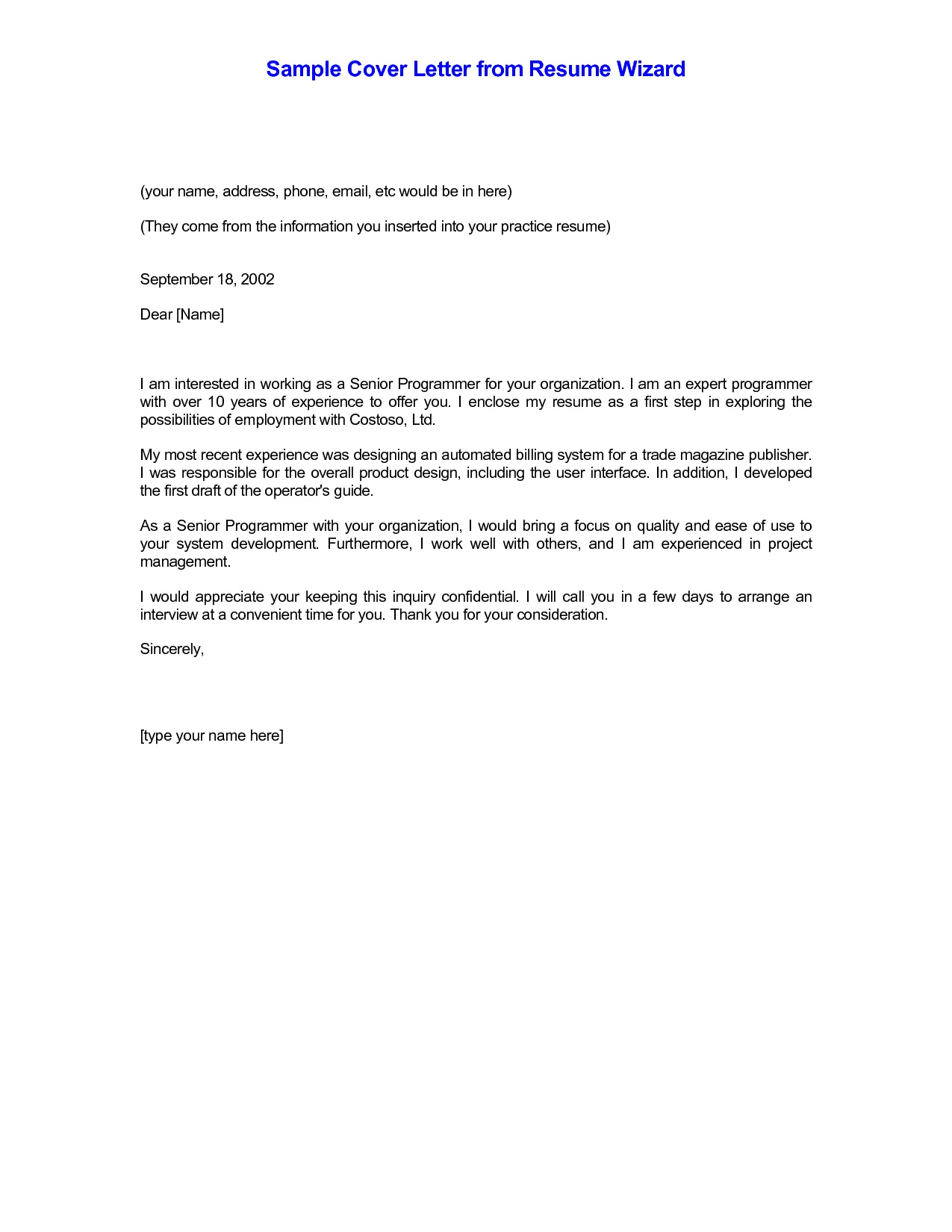
A compelling call to action is essential for prompting the hiring manager to take the next step. Your cover letter should end with a clear and concise call to action that tells the employer what you want them to do. Do you want them to review your resume? Schedule an interview? Contact you for more information? Make your call to action specific and easy to follow. By ending your cover letter with a clear call to action, you increase the likelihood of receiving a positive response and moving forward in the hiring process. Make sure the call to action is confident and professional, reflecting your desire to be considered for the position.
Crafting a Compelling Call to Action
Crafting a compelling call to action involves several steps. Start by summarizing your qualifications and expressing your interest in the role. Then, clearly state what you want the hiring manager to do next, whether it’s reviewing your resume, scheduling an interview, or contacting you for more information. Make your call to action specific and easy to follow. Use a professional and confident tone, and reiterate your enthusiasm for the opportunity. Examples of effective calls to action include: “I am eager to discuss my qualifications further and am available for an interview at your earliest convenience.” or “Thank you for your time and consideration. I look forward to hearing from you soon.” Your call to action should be concise and should leave the reader with a clear understanding of the next steps.
Following Up After Submitting
Following up after submitting your cover letter and resume can demonstrate your continued interest in the role and show your proactive approach. After submitting your application, wait a reasonable amount of time – typically one to two weeks – before following up. If you haven’t heard back, send a brief email to the hiring manager or the recruiter, reiterating your interest in the position and asking about the status of your application. Keep your follow-up email concise and professional, and thank the recipient for their time and consideration. When following up, demonstrate that you have been paying attention to the process. By following up, you can increase your chances of getting noticed and moving forward in the hiring process. Ensure you express your continued enthusiasm for the role and the company.
In conclusion, mastering the art of the cover letter is essential for making a strong impression and landing your dream job. By following these top 5 secrets, you’ll be well on your way to creating cover letters that get results. Remember to tailor your letter, highlight relevant skills, showcase your enthusiasm, proofread meticulously, and include a compelling call to action. With each application, refine your approach, and you’ll see your chances of landing an interview and job offer increase dramatically. Good luck with your job search!
